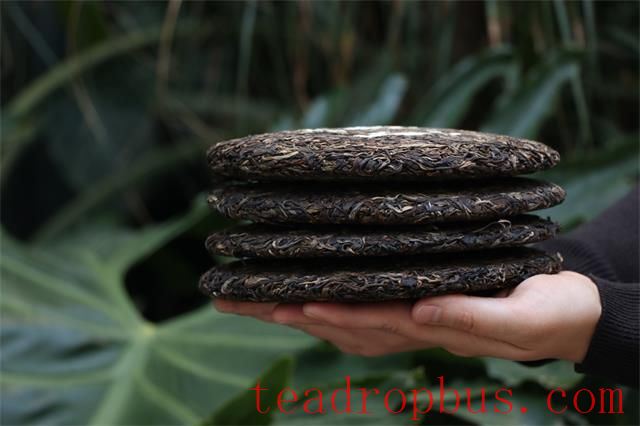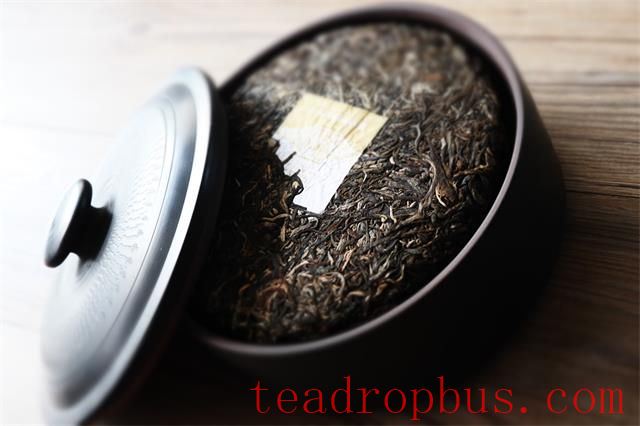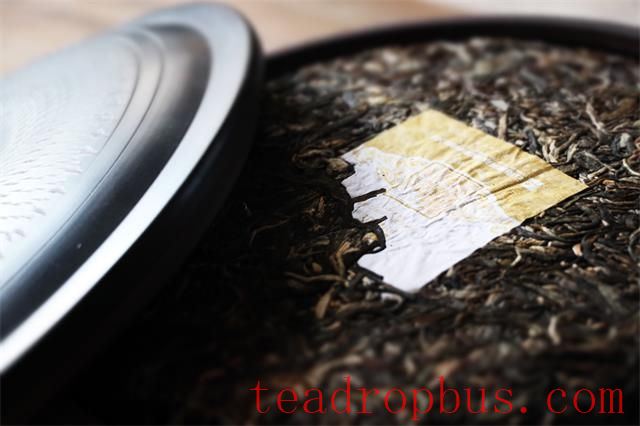There's a saying in the Tea world: “The ultimate destination for tea drinkers is Pu'er tea!” Regardless of the type, as one delves deeper into Drinking Tea, their taste preferences tend to evolve. Those who enjoy Green Tea might gradually develop a preference for Oolong Tea, and after that, find Pu'er tea even more appealing. Once accustomed to Pu'er tea, other teas may seem bland by comparison. Pu'er tea possesses such a captivating allure.

Pu'er tea can be considered the granddaddy of teas, not only because it is expensive but also due to its strong flavor and intense aroma. Its remarkable quality of improving with age has transformed it from a mere beverage into a collectible item. Proper storage of tea is crucial, requiring control over conditions such as temperature, humidity, light exposure, and Odor exchange. Only under scientifically managed conditions can the inherent qualities of the tea evolve favorably; otherwise, it risks becoming moldy. In many ways, storing tea is more critical than producing it.
The large-scale storage of Pu'er tea is prevalent, with the city of Dongguan holding the largest inventory, reportedly amounting to 450,000 tons stored across various enterprises. The trend of private collectors storing Pu'er tea is also on the rise, with residents of Dongguan storing it by the ton, a testament to their financial prowess. The sheer volume of Pu'er tea being stored offers one significant advantage: the cost per unit of temperature and humidity control systems can be significantly reduced, thereby lowering the cost per cake of tea.

For the average tea enthusiast, who typically owns just a few cakes of tea, setting aside an entire warehouse for storage is impractical. However, there are simple and effective methods for home storage of Pu'er tea that are worth noting.
Pu'er Tea Home Storage Methods
1. Pu'er tea comes in two forms: raw (sheng) and ripe (shou). When storing, keep the raw and ripe varieties separate to avoid flavor contamination, which could negatively impact the tasting experience. Additionally, store different batches of tea separately.
2. For storing Pu'er tea, choose economical options like plastic film and cardboard boxes. If the environment is particularly humid, wrap the tea in plastic film or bags before placing them in a cardboard box. In drier climates where mold is less of a concern, the plastic wrapping isn't necessary.

3. After packaging the tea, place the boxes on a surface away from the ground to minimize moisture exposure. Store them in a cool, dry area away from direct sunlight. Also, ensure they are kept far from sources of strong odors, such as kitchens and bathrooms.
4. Periodically, every three to five months, open the stored tea and expose it to fresh air to facilitate its ongoing transformation. This step also provides an opportunity to check for signs of mold or insect infestation.

For opened Pu'er tea, store it in a kraft paper bag. This concludes our introduction to simple, convenient, and cost-effective storage methods. Given its collectible value, Pu'er tea is often referred to as a drinkable antique. Storing Pu'er tea is straightforward, and following these methods will help preserve its quality. Most producers in the Pu'er tea-producing regions of Yunnan employ similar storage practices.